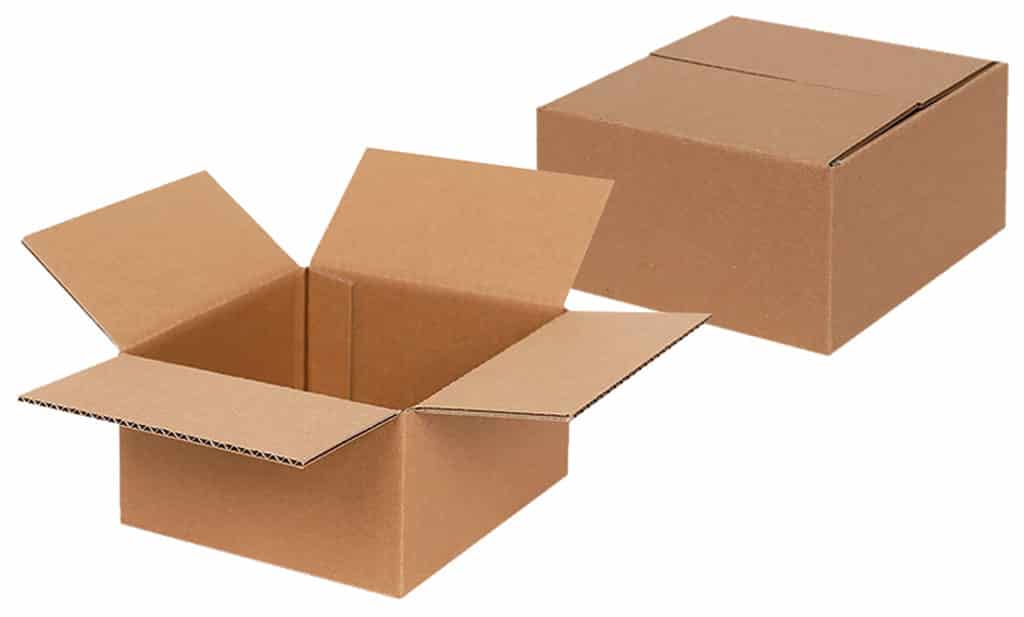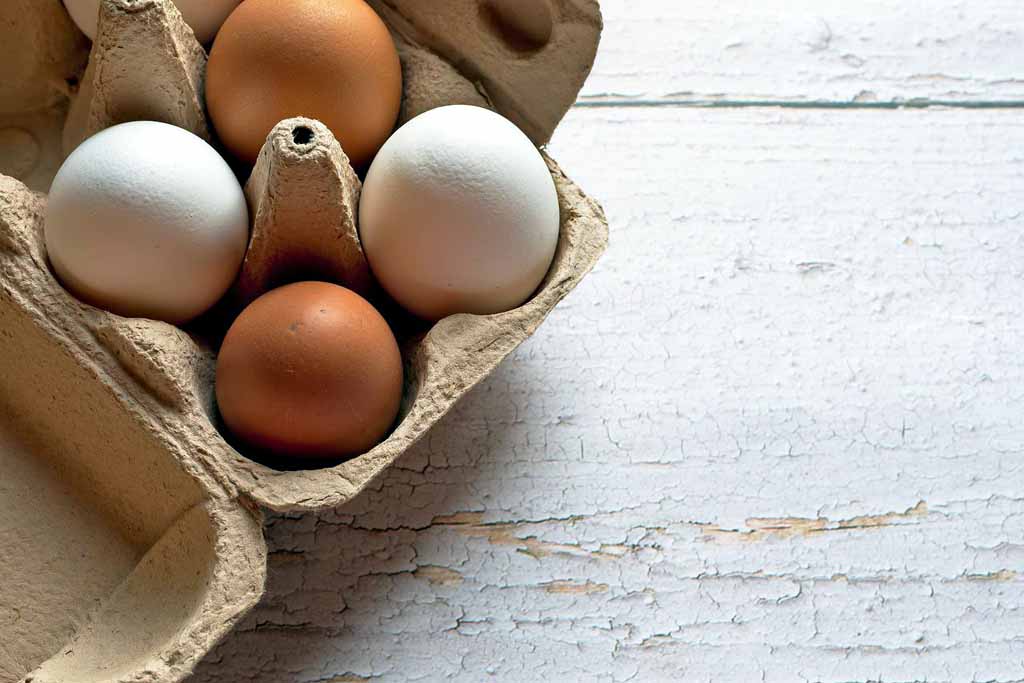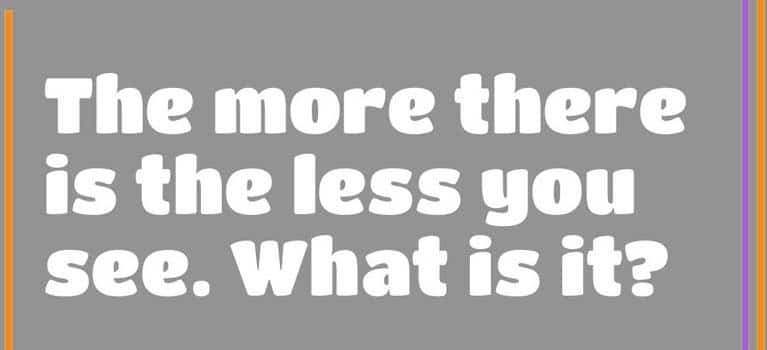People in the United States are buying more and more packaged goods that come in bags. This type of packaging has a lot of advantages over other types, like cans and containers, which can also be used to package goods. Bags can be made from many different things, such as paper, cloth, and plastic. Also, they don’t take up much space and are easy to put away.
Bags are versatile containers that can hold almost any kind of food. The items inside the bag are also easy to get to. It’s easy to take out the right amount of food from the package without having to take out the whole thing.
Compared to other types of packaging, bags are better for the environment because they can be reused and broken down into new materials. Bags can be made to fit the needs of the customer.
There are a few things you should keep in mind when shopping for goods that come in bags. Make sure the item is still in its original packaging. You should also look at the product’s expiration date to make sure it is still safe to use. Last but not least, take a close look at the list of constituents.
Buying bagged and packaged goods at the grocery store is a great way to save both time and money. Before you buy a
product, you should look for signs of damage on the packaging and double-check the expiration date.
Americans care a lot about how easy things are to do. Our top choice is food that is ready to eat, comes in a convenient package, and doesn’t need much or any preparation. Customers can choose from a wide range of pre-packaged items, such as chips, cookies, salads, and frozen meals, in the bagged packaged goods industry.
The market for things that come in bags is growing all the time. Packaged Facts, a market research company, says that the total value of packaged food sales in the U.S. reached $795 billion in 2017. This is $767 billion more than the year before, 2016. Packaged Facts thinks that the market will be worth a total of $854 million by the year 2022.
What does this growth mean? This growth can be attributed to a lot of different things, like the fact that people are getting busier, more people are using delivery and takeout services, and more people are interested in eating healthier foods.
Different kinds of products that are packaged in bags
It is necessary to use different types of packaging for the various brands of pre-packaged food. The following are examples of the most common materials:
Processing that is Aseptic
- Bags
- Boxes
- Cans
- Cartons
- Flexible packaging
- Pallets
- Trays
- Wrappers
ASEPTIC PROCESSING
Processing food in an aseptic environment is one way to stop the reproduction and dissemination of microorganisms in food. This method involves heating the food and then enclosing it in a container that will keep out air. This prevents harmful bacteria from getting into the food and makes it suitable for consumption. This is done in order to process foods that have already been prepared, such as juices and canned goods.
- Milk
- Products for consumption that are made with milk.
- Liquid eggs
- It takes a long amount of time to preserve foods that have been processed.
BAGS
Comparing Boxes and Bags: Three Important Considerations for Product Packaging – Universal Cargo
The average American consumer went to the grocery store nearly 300 times in a single month. When they went grocery shopping, they spent about $85 each time on average. This is a significant amount of money for food, particularly when one considers the likelihood that the majority of it was spent on prepackaged foods in bags.
Consumers have shown a strong preference for bagged packaged goods for a variety of reasons. These items are practical and simple to employ in their intended manner. They frequently come with straightforward and uncomplicated labels that make it easy to understand what is contained within.
However, there are a few drawbacks associated with grocery shopping in this manner. It’s possible that bagged goods will cost more than their unpackaged counterparts.
To transport items like these, you can use a bag:
- Both chips and pretzels make for satisfying munchies.
- Fruits and vegetables like potatoes and apples
BOXES
Each year, the average American consumes goods that are boxed, bagged, or packaged in a manner that totals sixty-six pounds. There is a significant amount of packaging here. It’s not just the packaging of food products. Everything, from breakfast cereal to laundry detergent, can be purchased in a box, bag, or package of some kind.
Not only is the protection of food and other products the primary purpose of packaging, but there are other uses for it as well. In addition, it performs a function related to marketing. The bright designs and catchy slogans on packaging are meant to make us want more of the product than we actually require.
The amount of packaging being used is harmful to the environment. It takes a lot of effort and resources to move all of those bags, boxes, and packages. The problem of the waste stream also needs to be addressed. The majority of the packaging can be recycled, and some of it can even be composted. However, a significant portion of it cannot.
These ingredients are frequently found in foods like:
- Cereal
- Frozen pizza
- Crackers and other snacks
CANS
The global market for metal packaging is expected to reach a value of 135 billion dollars in 2021, as reported by MarketsandMarkets. A growth rate of 4.8 percent is anticipated for the market between the years 2016 and 2021.
Purchasing food is made much simpler by having it pre-packaged in bags. After the food has been placed in a bag, the cardboard is then wrapped around it. Canned foods typically come packaged in this type of container. The bag is shielded from harm, and the food inside is preserved in its pristine state. Goods that are stored and moved around more easily when they are bagged and packaged.
Cans are most commonly used for the packaging of food and beverages. It is becoming more common practise to package common household items, such as pharmaceuticals, cosmetics, and other common household items, in cans. The shelf life of the product can be lengthened by using cans, and they also protect the product from being contaminated. Cans are small, lightweight containers that are simple to move from one location to another.
It is possible to prepare a wide variety of foods using cans, including:
- Vegetables
- Get yourself a drink of water.
- Fruit
- Soup
- Meat
- Gravy
CARTONS
Purchase folding cartons, also known as corrugated cardboard boxes in smaller sizes, from THIMM
The use of cartons as packaging is not something new. On the other hand, it is quickly turning into one of the most popular ways to package anything, from food to clothes. Carton packaging has many advantages, including the following: They are not only lightweight and long-lasting, but they are also recyclable and simple to recycle. There is also the option of using graphics and vivid colours when marketing your product.
One of the most significant benefits provided by cartons is the capacity to safeguard items throughout the shipping process. They are able to withstand heavy wear and tear due to their strength as well as their resistance to being crushed. Because of this, they are fantastic for shipping items that are easily broken. You have the option of making your cartons airtight or watertight as well. This is an excellent method for packaging food and other items that cannot withstand exposure to high levels of moisture.
The utilisation of cartons as carriers for packaged goods is gaining more and more favour. It is generally agreed that cardboard boxes have a lower environmental impact than plastic and other types of packaging. In addition, cartons can be considered a premium option that has the potential to boost sales. You can also recycle cartons multiple times.
There are numerous formats available for the packaging of food, including
- Egg cartons
- Aseptic cartons
- Folding cardboard boxes
- Carton with a gable-top
Packaging that is Flexible
The most recent trend in packaging is the use of flexible packaging. The development of technology has resulted in the emergence of a greater variety of design options and has enabled manufacturers to be more creative in the designs of their packaging. This is fantastic news for brands, as it means they can discover new ways to appeal to customers and differentiate themselves on store shelves.
When compared to rigid packaging, flexible packaging consumes less material. This is one of the primary benefits that it offers. Traditional rigid packaging is heavier than flexible packaging, but flexible packaging can be stored and transported in smaller quantities because of its lower weight. This may contribute to a reduction in overall costs. Additionally, it is simpler to assemble, which can lead to a reduction in the total amount of time required for production.
The fact that flexible packaging can be made from recycled materials also contributes to its positive impact on the environment. It is also biodegradable, which means that it will not remain in landfills for a significant amount of time.
PALLETS
When a company does not have enough pallets, they risk losing money. For the shipment of goods that are bagged and packed in some fashion, pallets are required. If companies do not use pallets, they will be required to pay additional money for logistics and other costs. The efficiency of moving goods, which is made easier by the use of pallets, is increased.
TRAYS
What different ways can wooden serving trays be put to use? – Elementary
The consumption of products that are sold in trays contributes significantly to our economy. Tray packaging has many advantages over other packaging. Because it is lightweight and portable, tray packaging is an excellent option for the packaging of small items such as snacks and cosmetics. A higher level of product visibility can also be achieved, which both boosts sales and makes it simpler to find things while they are stocked on shelves. Packaging that comes in trays is strong and can withstand being damaged. It is an excellent choice for goods that are required to be transported or stored in harsh environments.
They are designed to do two things: keep the food cold and keep the food’s quality intact. The trays make it easy for employees to quickly stock the shelves with inventory.
The majority of grocery stores use plastic trays for their customers’ purchases. In between uses, they can be easily cleaned with water. Metal trays are also available, but they tend to be more expensive and durable than their plastic counterparts.
These dietary items offer the advantages of:
- Drinks
- Meat
- Plant seeds
WRAPPERS
Bags are typically wrapped in plastic in order to protect the contents from getting wet or dirty. To ensure that the contents of the bag remain fresh, the bags are sealed using airtight seals. This type of packaging is utilised for both food items, like fruits and vegetables, as well as non-food items, like pet food and laundry detergent. Plastic packaging can be harmful to the environment and should be avoided whenever possible. Some people believe that covering things in plastic wrap is preferable to leaving them open to the elements.
Chemicals can seep out of Saran wrap and other types of wrappers and into the food they contain. Plastic wrap is made from polyvinyl chloride, which may contain harmful chemicals such as dioxins or phthalates. Plastic wrap is also known as cling film. These chemicals have the potential to seep into food and escape from the plastic wrap.
These are necessary for the production of certain items, such as
Candy
Granola bars
When it comes to shopping for groceries, you have three options available to you: you can go to the store to select the items, you can order online and have it delivered to your home, or you can go to a nearby convenience store. This is the easiest and most time-efficient choice. It is a quick and simple process, and you can acquire almost anything you require. However, what are your choices when it comes to bagged and packaged goods?
When searching for bagged packaged goods, there are a few things that you need to keep in mind first and foremost. First, size. How much do you require? Next, let’s talk about the packaging. Is it possible to reseal it? Which quality are you looking for?
When searching for bagged packaged goods, there are a few things that you need to keep in mind first and foremost. First, size. How much do you require?
It is estimated that more than 10 million bags are utilised annually in the packaging of groceries in the United States. This comes out to approximately 330 bags for each individual. Paper bags are still very popular, despite the fact that grocery stores are starting to charge for plastic bags more and more.
The annual amount of wasteful packaging that is discarded by the typical American is approximately 65 pounds. This results in an annual cost of $11.8 billion. In an effort to reduce the amount of waste generated, a lot of municipalities have started taxing or outright banning specific kinds of packaging.
Paper and other biodegradable materials are regarded as being more environmentally friendly; however, these materials can be more expensive and require more room in landfills. On the other hand, plastic bags are easier to transport and lighter, but they can take hundreds of years to decompose.
Food Packaging Plastic Bags
Plastic Bags
The most common and convenient form of food packaging is the plastic bag. Plastic bags are available in a wide variety of sizes, and they can be sealed in a variety of ways. While some bags can only be used once, others are durable enough to be used more than once.
The kind of plastic bag that you go with will be decided by the things that you require it to hold. If you are looking for lightweight bags that are also durable, a polyethylene bag is a good option to consider. If you are looking for a bag that can withstand both heat and moisture, your best bet is to go with a polypropylene option.
There is a bag suitable for every type of food product that can be purchased.
There are three distinct varieties of plastic bags that are suitable for use as containers for food:
1. High-Density Polyethylene, 2. High Molecular Weight Polyethylene, 3. (HDPE),
HDPE is a type of plastic that is frequently found in packaging. Because of its long life and high strength, this plastic is an excellent option for fulfilling this function. Because it is resistant to both chemicals and moisture, high-density polyethylene (HDPE) is an excellent choice for the packaging of items that are likely to be exposed to the environment. HDPE can also be recycled, which means that it can be reused in a number of different contexts.
2. Low Density Polyethylene, and 3. High Density Polyethylene (LDPE),
The shelf lives of many different products are determined by the packaging they come in. In order to maintain their freshness, the majority of products are packaged in containers made of materials that permit air circulation and movement. One example of this type of material is known as low density polyethylene, or LDPE for short. LDPE is frequently used to bag packaged goods due to the fact that it is lightweight and does not restrict the flow of air. Additionally resistant to moisture, LDPE helps maintain the dryness of products. Although LDPE is not as long-lasting as other materials used for packaging, it is a more cost-efficient alternative for a variety of products.
3. Polyethylene terephthalate linear low density (LLDPE).
Goods that are pre-packaged in bags are an essential component of our day-to-day lives. Bags are indispensable for ensuring the security and containment of our food items, clothing, and other belongings. You need to be familiar with the many different materials that are used in bagging in order to be able to select the material that is most appropriate for your requirements.
The material known as LLDPE, or linear low density polyethylene, is frequently used for bagging. When it comes to bagging, LLDPE is an excellent option because it is a flexible plastic that is both long-lasting and easy to work with. Bags made of LLDPE can be found in grocery stores and other types of retail outlets. Bags made of LLDPE can also be used to package food that is perishable.
4. Polypropylene (PP)
One example of this kind of plastic is polypropylene (PP), which is a type of plastic that can be used for making bags and containers. PP is an excellent material option for products that will need to be stored or transported because it is tough and long-lasting. Because it is so lightweight, PP contributes to a reduction in the cost of shipping. PP bags and packaging are water-resistant, which helps to protect the product that is contained within them.
Advantages to Purchasing Bagged Packaged Goods
- Products Presented in Plastic Bags
It is not difficult to move around.
Bagged packaged goods are an absolute necessity for people who are never at a standstill for long periods of time. These purses are not only lightweight but also simple to transport. Bags make it simple to transport food to and from work as well as bring it along on trips. Utilizing bags that already have their own closures is another method for maintaining the freshness of your food.
Reusable
In this day and age, it is absolutely necessary to have an awareness of the environment. One way to accomplish this would be to cut down on the amount of waste that we generate. You are able to accomplish this goal by purchasing packaged goods that are contained within reusable bags as opposed to disposable bags.
You can get bags for packaged goods in a wide variety of sizes and forms to choose from. You can get them at your neighbourhood store or buy them on the internet. They are available in a wide variety of materials, including cloth, paper, and even plastic. Some of them can be broken down by natural processes.
Utilizing bags that can be reused is an excellent way to cut down on the amount of waste produced by your household on a weekly basis. Not only are reusable bags good for the environment, but they also have the potential to save you money. Bags that can be reused typically cost less than bags that are disposable and can be used for a longer period of time.
Food safety
Bags that are packaged together with food offer an additional layer of protection. The bag shields the food from harmful elements, such as moisture and insects, that could otherwise taint or spoil it. Additionally contributing to the food’s preservation is the bag’s ability to enclose air around it. This is of utmost significance for perishable goods like meat and produce among other things.
FAQs
Which types of plastic bags are commonly used for food packaging?
High-Density Polyethylene (HDPE) bags, which are long-lasting, strong, and resistant to chemicals and moisture.
Low Density Polyethylene (LDPE) bags, which allow air circulation and help maintain dryness.
Polyethylene terephthalate linear low density (LLDPE) bags, which are cost-efficient and suitable for various products.
What are some considerations when shopping for bagged packaged goods?
Determine the required size or quantity needed.
Consider the type of packaging material and its suitability for the product.
Look for packaging that ensures freshness and safety.
Check for any signs of damage on the packaging.
What are the benefits of using flexible packaging?
Flexible packaging consumes less material compared to rigid packaging.
It is lighter and can be stored and transported more easily.
Flexible packaging can be made from recycled materials and is biodegradable.







